Be welcome to read the story.
In addition to my usual activities in the studio, such as making wrought-iron utensils, shop equipment, and decorative bronzes and ceramics, over the years I have also felt the incentive to create something striking, confrontational, and thought-provoking to viewers. My ideas often led to making life-sized scrap or found-object sculptures and abstract figures.
I usually worked only from the images in my mind, available materials, and a basic idea about dimensions, the rest being created during the actual construction process.
The sculpture shown below, “Ypres 17/18,” was inspired by my great interest in the events of the First World War, the commemoration of fallen soldiers in Belgium, and the availability of excavated artefacts from the “Flanders Fields” (or “Flemish Fields”). Another source of inspiration was a nice collection of ‘tintinnabula’ (wind chimes) that I had seen on the website of one of my American blacksmith brothers.
For the Belgian spectator or historian, this sculpture suggests numerous landmarks, objects, and events to reflect upon.
The sculpture rests on a sturdy frame made of steel beams. A ceramic bust of a ‘screaming man’ gasping for air or crying for help speaks for itself. The ‘gallows’ from which the bell hangs also symbolizes a ladder, as used in thousands of wartime trenches.
The bell itself consists of a bottomless gas cylinder. The Flemish Fields were among the most important war sites where poison gas was used on a large scale to disable the enemy on both sides, resulting in almost a hundred thousand deaths and countless injuries from gas over the course of the war.
Over the ladder hangs a twisted gun barrel of an original Mauser rifle…a striking metaphor for the senseless death of seven hundred thousand soldiers and a gain (and again loss) of a mere five kilometers of terrain. I added a stylized rifle butt made from charred pine wood to make this weapon more easily recognizable to the average viewer.
The battle for those small gains in land is further clarified by the historic boundary stone on the corner of the basic frame, with which land and municipal boundaries have been delineated on Flemish fields and farmlands since the beginning of the 18th century. Today you will find these stones lying alongside Belgian agricultural fields, having been plowed out of the fields and set aside to avoid damaging farm equipment.
A segmented and reassembled grenade ‘floats’ across the pedestal. The thickness and size of the shrapnel it would have produced shows how treacherous and deadly these flying shards must have been. On the brass ignition mechanism, the name of the German manufacturer, the scale, and the figures are still so clear and legible that it could have come from the factory yesterday instead of 102+ years ago.
As a final addition, I chose a symbol that is very recognizable to all Belgian school children: the flowers known as “Flanders poppies,” a plant that has become a symbol synonymous with those events of more than 100 years ago. Two of the poppies are mounted on the base pedestal and whiffle in the wind, and a third serves as a wind catcher to drive the clapper of the bell. My hope is that the bell will be gently rung seven hundred thousand times, either by the wind or by those who view this work, in commemoration of all those who fell during the conflict.
As with most of my art, it is the result of my own ‘gut feeling.’ There was no customer or client to influence its creation. For now, it remains in my small backyard next to the studio, waiting for a better destination.
Note that the construction lends itself to the possibility of using other media (screen, speaker, etc.) in conjunction with the sculpture to add more dimensions to the experience.
If you have any suggestions for an appropriate venue for this work, such as for purchase or loan to an art gallery, school, museum, etc., please let me know.
Please have a look at the photos and video for a more complete understanding about this work.
Hi Gals & Guys, …………….could someone explain to me cranky old guy (born in 1968) to which I have deserved already two down votes on an attempt to honour a tragedy 100+ years ago where 700K soldiers died during world war 1. Please, …………please -explain and I will ‘re-fit’ all my posts to the actual ‘Millennium’ & ‘Gen-Z’-mainstream and those days understanding and recent knowledge of history books. This issue/post is some kind of honouring ‘Black Life Matters’ back in the 19th century but by a potential of factor 700 000.
Hi Gals & Guys, …………….could someone explain to me cranky old guy (born in 1968) to which I have deserved already two down votes on an attempt to honour a tragedy 100+ years ago where 700K soldiers died during world war 1. Please, …………please -explain and I will ‘re-fit’ all my posts to the actual ‘Millennium’ & ‘Gen-Z’-mainstream and those days understanding and recent knowledge of history books. This issue/post is some kind of honouring ‘Black Life Matters’ back in the 19th century but by a potential of factor 700 000.

 Dark Mode
Dark Mode 

 No fees, cancel anytime
No fees, cancel anytime 



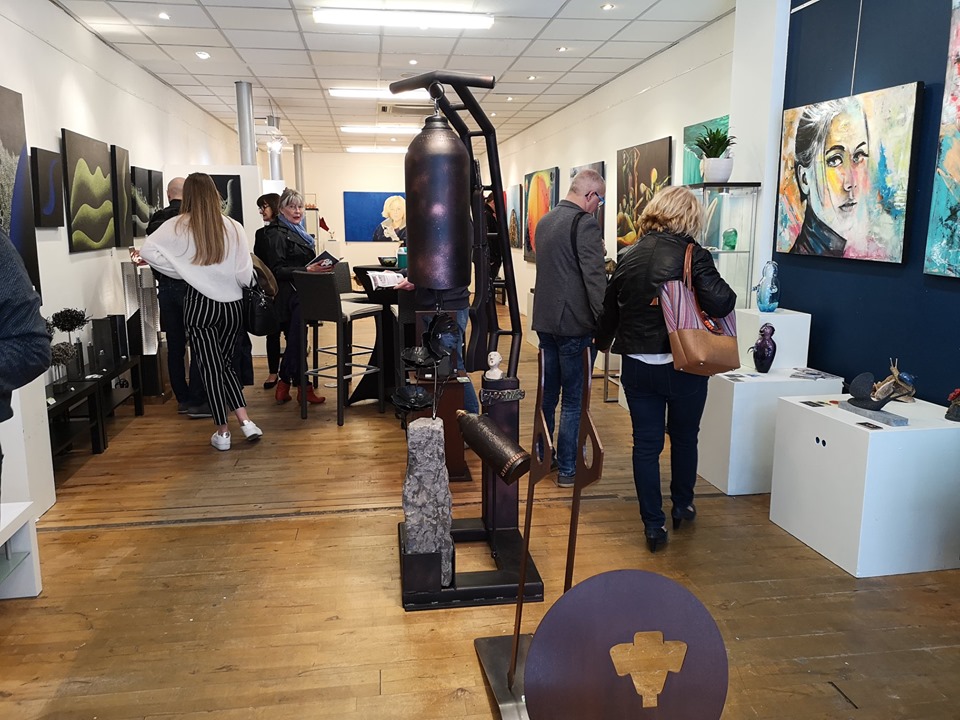
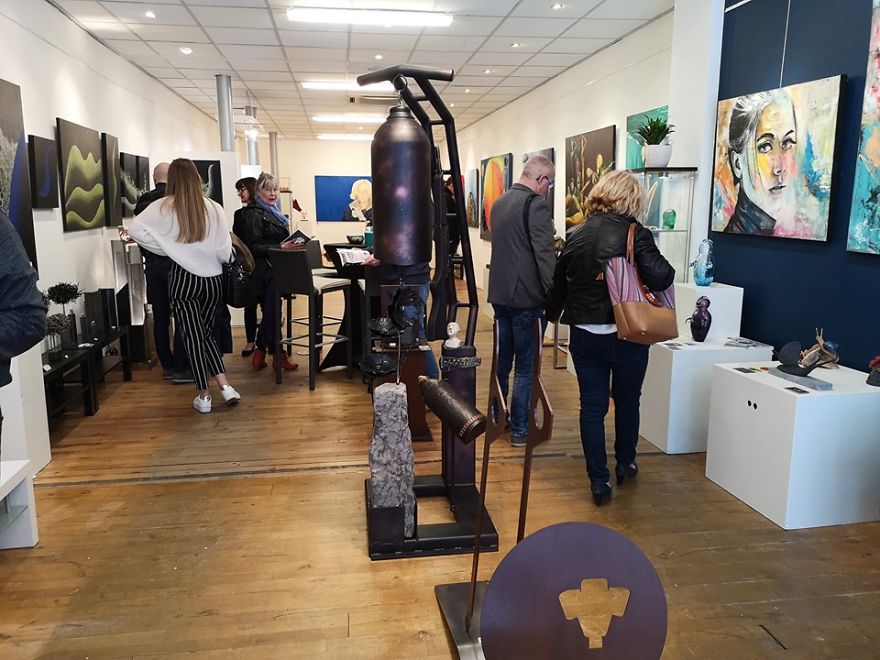
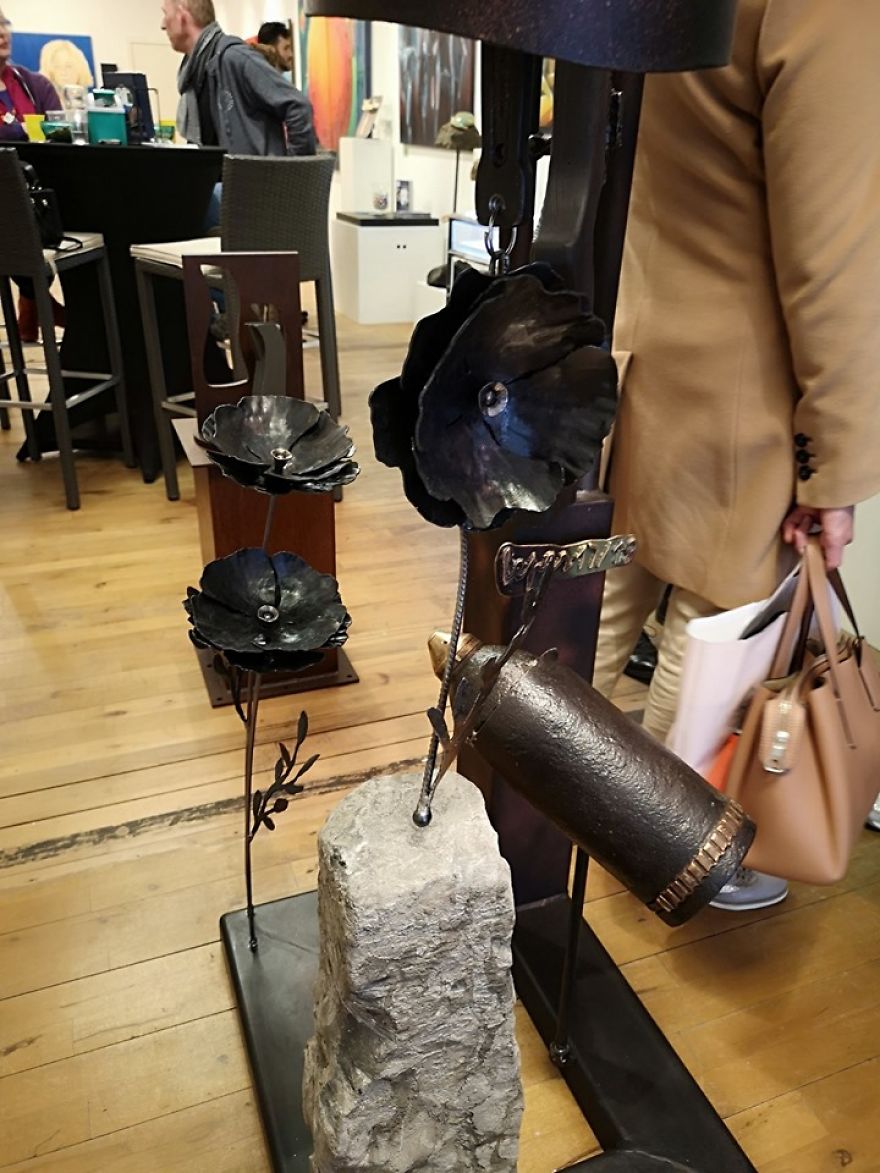
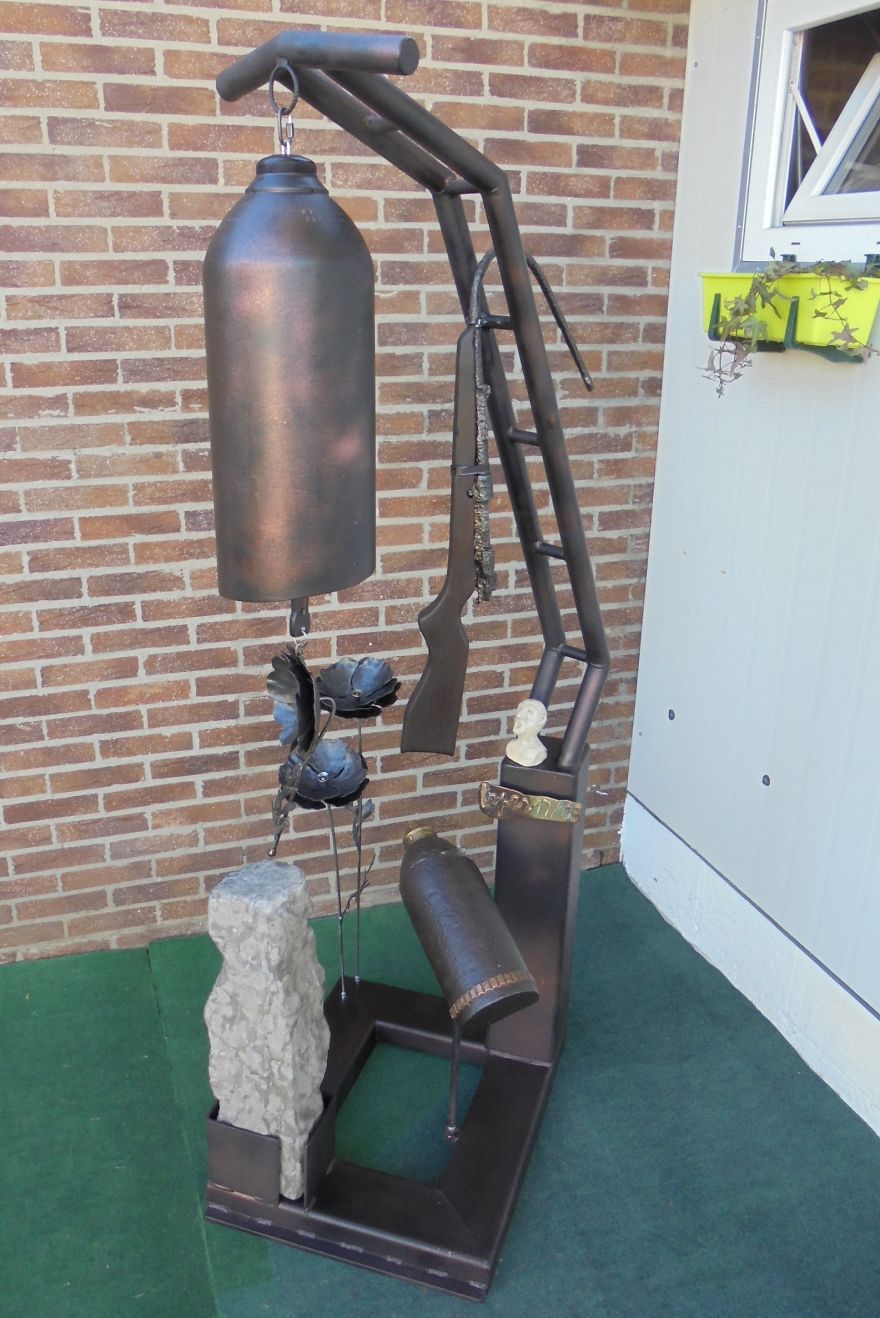
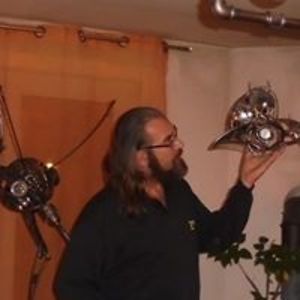



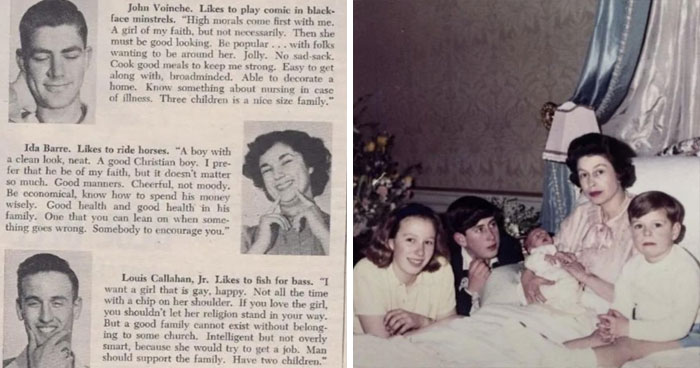
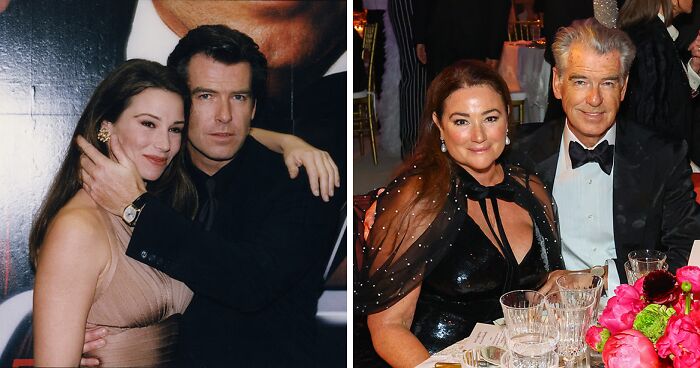

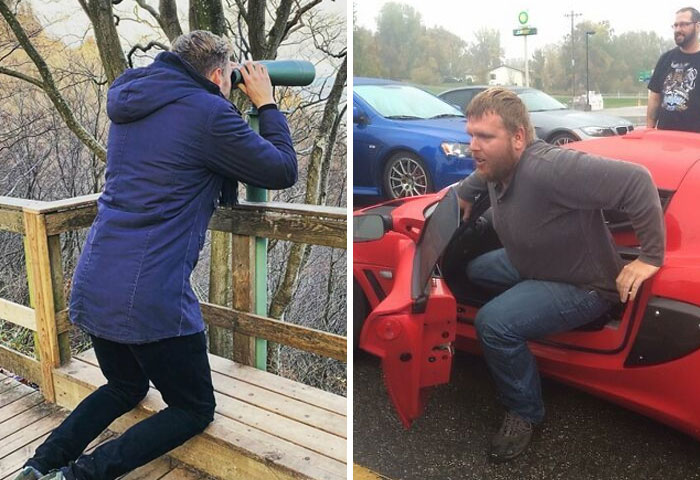
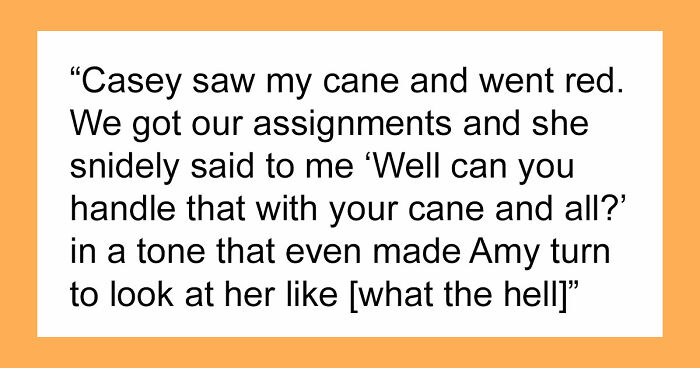
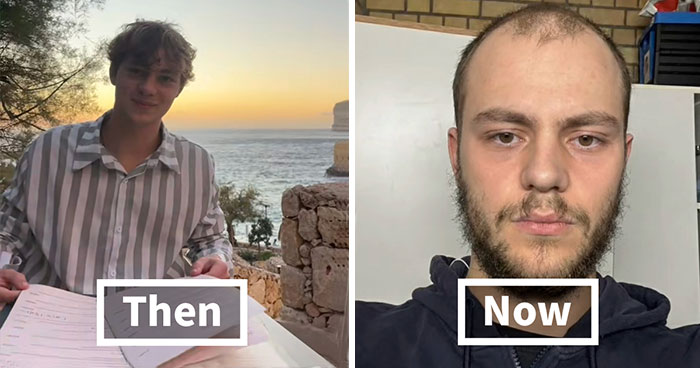
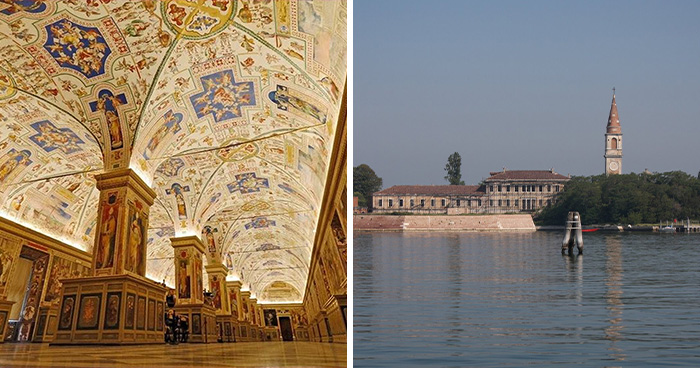




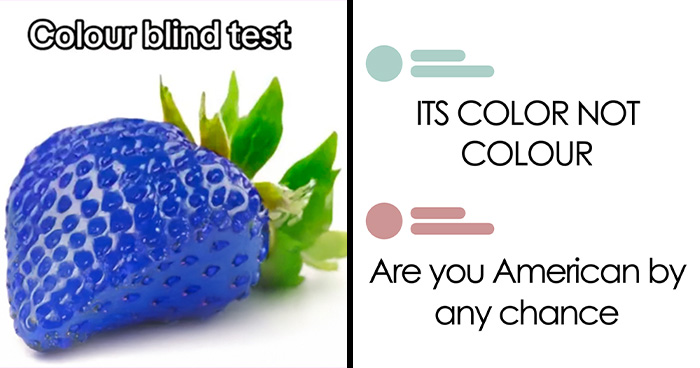




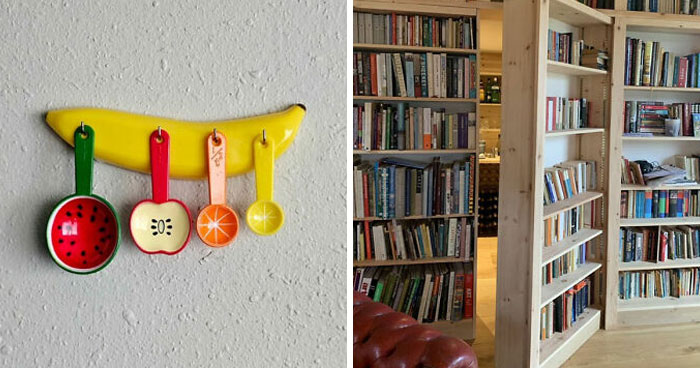


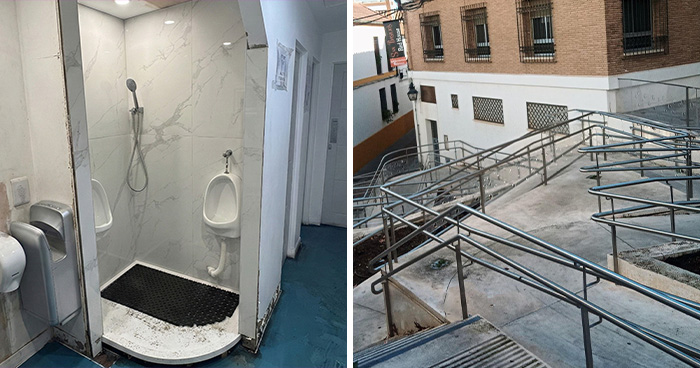






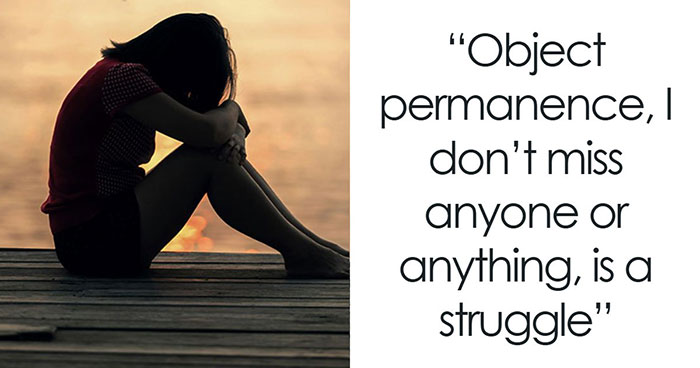






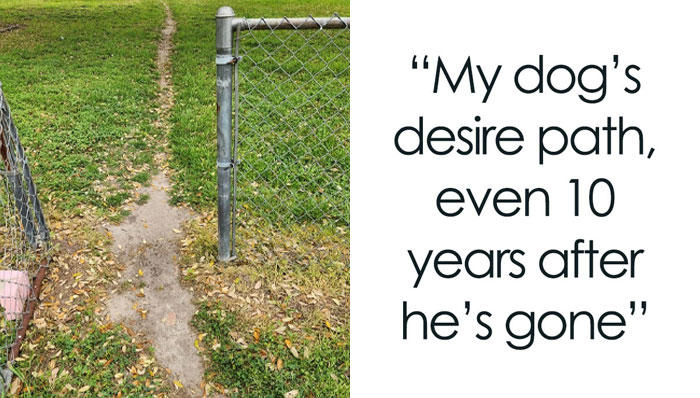


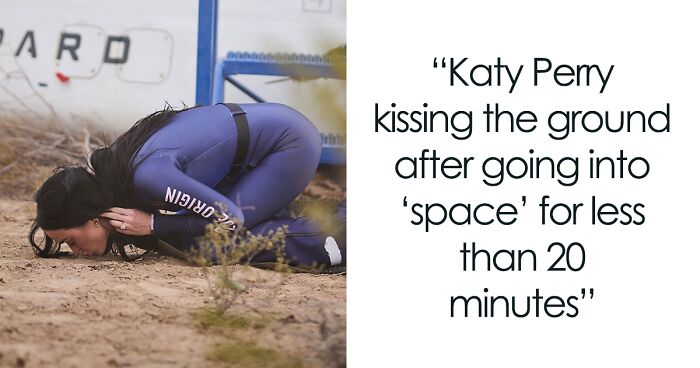



-2
1